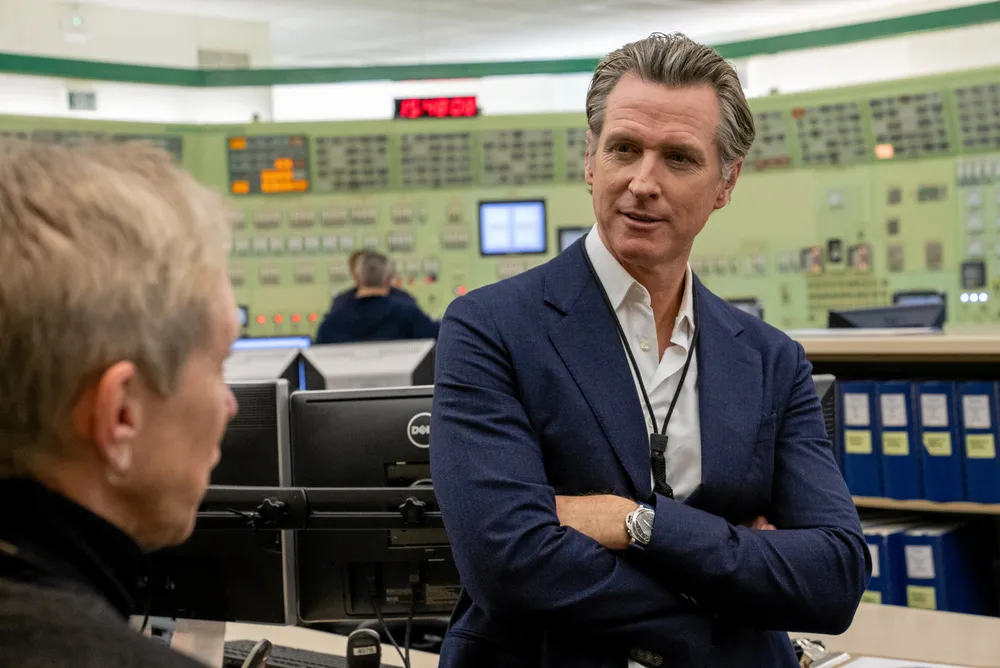California charts course to 25GW of floating wind by 2045 with final plan by energy agency
State commission released its roadmap on sector ambitions that highlights key strategies on port, supply chain, transmission, and workforce development

The California Energy Commission (CEC) has published its final strategic plan for offshore wind today (Tuesday) that charts a course for 25GW of development by 2045.
The final strategic plan was issued in accordance with California's Assembly Bill (AB) 525 — signed into law by governor Gavin Newsom in 2021 — which aims to provide a framework for offshore wind energy developments in federal waters off California.
CEC had already published preliminary reports on offshore wind under the AB 525 mandate, providing assessments of the economic benefits and plans for the deployment of turbines in coordination with federal, state, local agencies and other stakeholders.
These reports established offshore wind energy planning goals of 2–5GW for the state by 2030 and 25GW by 2045 in the deep waters of the Pacific outer continental shelf, where floating solutions will be needed.
“California is setting a course to be a global leader on floating offshore wind and make it a central part of its diverse clean-power portfolio to generate 100% clean electricity by 2045,” said Adam Stern, executive director of Offshore Wind California, a trade group of developers and technology companies.
Floating wind development “will create thousands of family-wage jobs and supply clean power to up to 25 million homes,” said Stern.
Technical challenge presented by California’s extreme water depths and tall waves contributed to muted demand, along with the state’s lack of port, supply chain or transmission capacity.
The Port of Humboldt Bay received a $427m grant from the Department of Transportation last year to upgrade to meet the floating wind sector's needs, but more capacity will be needed.
Transmission is a major bottleneck in the state’s largely rural north, which will require significant grid expansion to handle a possible 3GW of capacity.
“A fully developed offshore wind industry and supply chain in the state will require time and considerable investment,” CEC said in the plan.
“Planning for the necessary port and transmission infrastructure must begin now so critical support systems are in place when floating offshore wind projects are ready to deploy,” it added.
The plan outlines next steps to bring California floating wind online, including a multi-port investment strategy, new transmission, efficient and timely permitting processes, and supply chain and workforce development.
Stakeholder engagement and finding suitable at-sea acreage that minimises conflict is likewise highlighted.
CEC will need to formally adopt the plan to put it in action.
(Copyright)